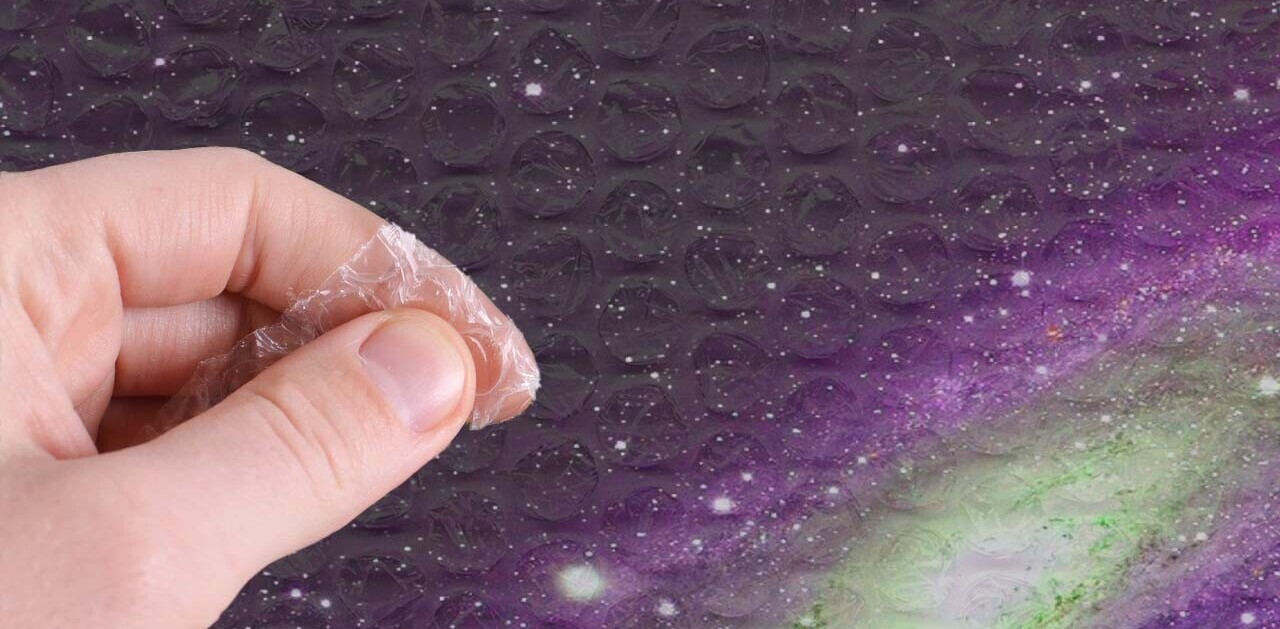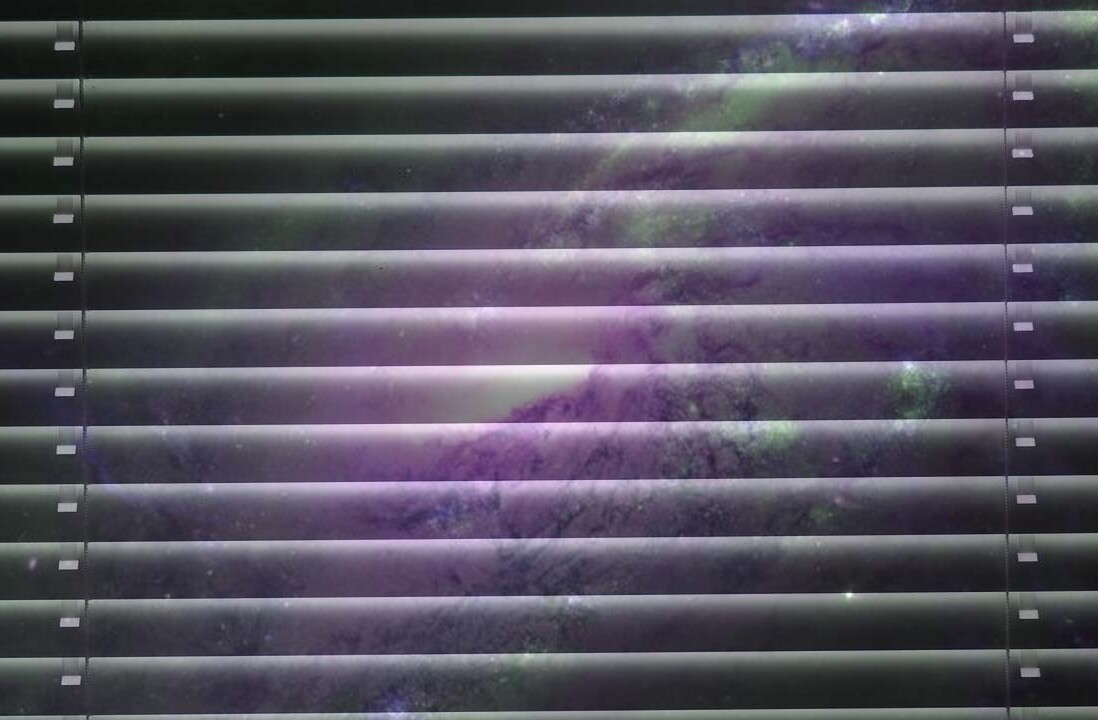
Researchers from Duke University, MIT and Nanyang Technological University have demonstrated how sound waves can be used to detect cancer. Published in the medical journal, Small, the method has been proven to be less invasive that standard practices and efficient enough for clinical use.
“Biopsy is the gold standard technique for cancer diagnosis,” Tony Jun Huang, the William Bevan Professor of Mechanical Engineering and Materials Science at Duke, said. “But it is painful and invasive and is often not administered until late in the cancer’s development.”
With this new method, sound waves are set up at an angle to blood flow. As the sound moves, pockets of pressure push on particles in the blood. To diagnose cancer, doctors are looking for circulating tumor cells (CTCs), which are small pieces of tumor that break away from the larger and pass into the bloodstream. As CTCs are larger and more rigid than blood cells, the sound waves push them into a separate channel for collection and analysis.
Check out this video for more information:
Huang continues: “With our circulating tumor cell separation technology, we could potentially help find out, in a non-invasive manner, whether the patient has cancer, where the cancer is located, what stage it’s in, and what drugs would work best. All from a small sample of blood drawn from the patient.”
This approach was first demonstrated three years ago, but the tech has been improved so it can now function in a clinical setting with 86 percent efficiency from a 7.5-mL vial of blood in an hour.
In the future, the researchers want to increase the speed and efficiency of this approach. The aim is for it to become the de facto method of detecting cancer and they’re hoping the test will be available through a cheap, disposable chip.
Get the TNW newsletter
Get the most important tech news in your inbox each week.




